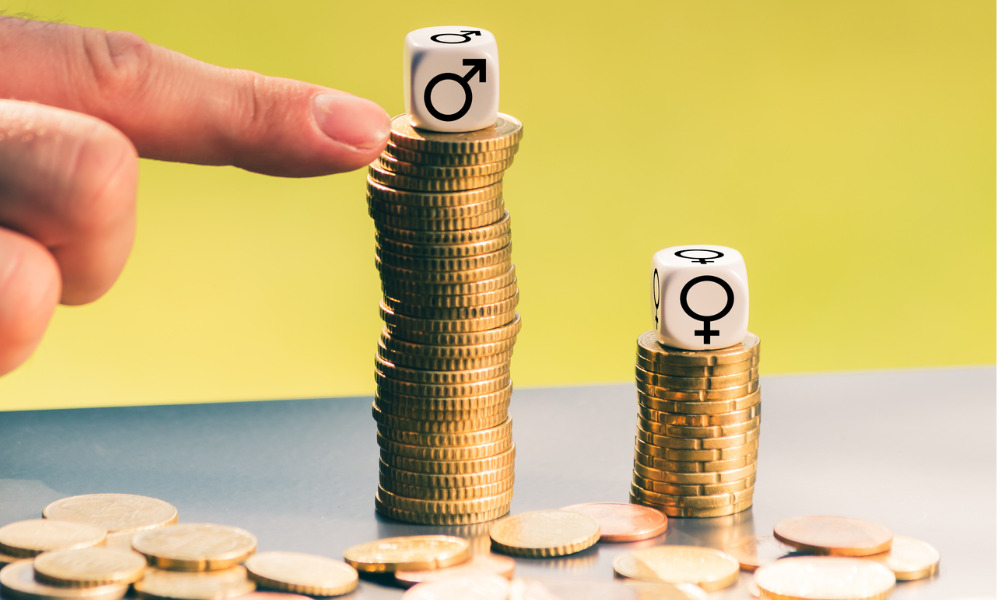
Closing the gender pay gap will not be fixed by short term measures only

by Cathy Hendry, Senior Consultant – Strategic Pay
Pay Equity is an important issue that has been a key focus for many businesses and governments over the past few years.
As we move into a world changed by the Covid-19 pandemic, we understand that in times of crisis business focus may change and addressing pay inequity may move down the priority list. But this is still an important issue to be addressed, in some ways now more than ever.
Women are strongly represented in roles which depend on social interaction (front-line service workers across many industries) and are more likely to feel the brunt of financial hardship as a result of the pandemic.
We could still see large numbers of people across most industries and particularly in the private sector, not only losing their jobs, but also potentially being hired back at lower rates when the world starts moving again.
Strategic Pay have recently released a report on Understanding Pay Equity and Analysing the Gender Pay Gap in New Zealand and according to our analysis the pay gap in New Zealand is nearly double of what is reflected in official figures.
In contrast, what is particularly noteworthy about the analysis is that it does not just provide a view on Base Pay differences. It also examines what the pay gap looks like when benefits such as vehicles or KiwiSaver (as valued for pay purposes) are analysed, and when variable pay such as bonuses are thrown into the mix. Using base pay may be a useful starting point, and it sheds some light on the gender pay gap, but our analysis allows us to turn a brighter spotlight on the issue.
From a sample of over 187,000 employees from over 950 organisations in New Zealand, the overall gender pay gap is 17.7% in New Zealand. The pay gap is analysed based on job level and within each sector (Private, Public and Not for Profit).
The findings shows that it is imperative that organisations examine the gender pay gap within their organisation and there are several broader human resources and employment practices that employers need to investigate and address if they really want to close the gender pay gap in the longer term.
The findings show that overall, men receive higher contributions to their KiwiSaver superannuation funds, gain more in incentive pay and generally drive higher value vehicles when looking at benefits and components of variable pay.
This might reflect the structure of the workforce, with men dominating the higher-level or types of roles that have generous bonus packages or require a vehicle.
It is less clear why females at all levels receive less in KiwiSaver than their male counterparts. This could be because KiwiSaver is a payment based on a percentage of base pay, or it could be because men have negotiated higher contributions from their employers.
Closing the gender pay gap will not be fixed by short term measures only and employers will need to accept that they are in this for the long haul. We hope our booklet will help organisations to take the first step in the process. To paraphrase an old saying, the journey begins with the first step.
Gain a free copy of the Understanding Pay Equity and Analysing the Gender Pay Gap Booklet by contacting Strategic Pay at [email protected].